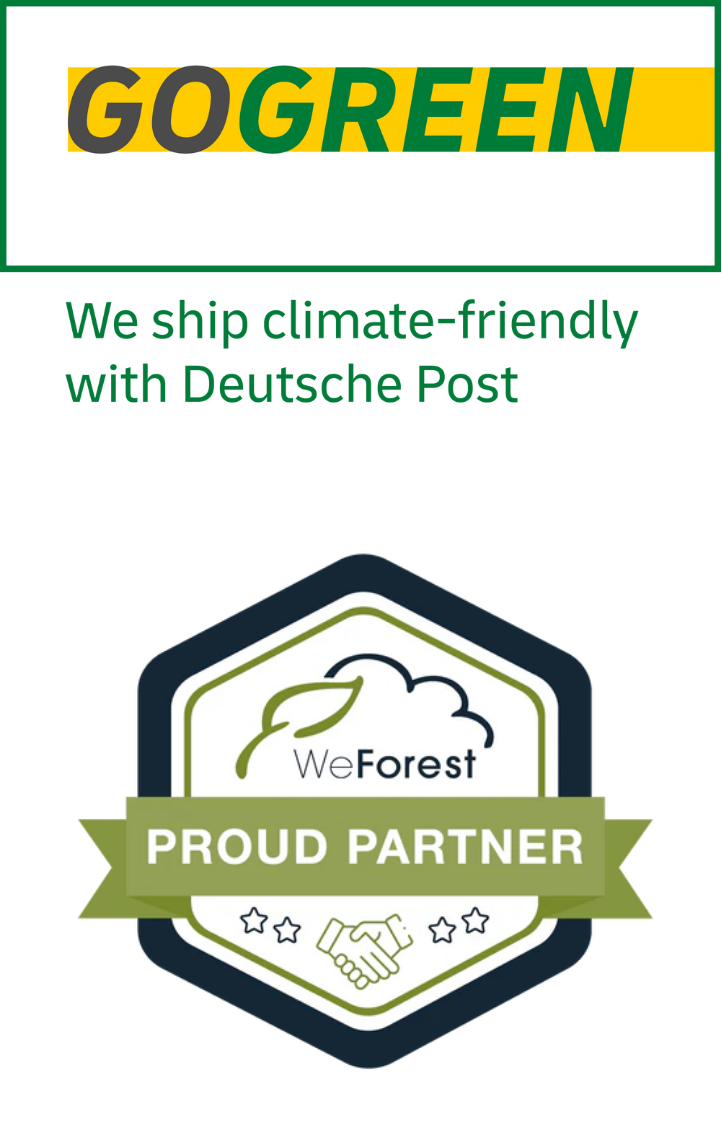Environmentally friendly raw material: Tencel comes from trees
The basis for the fiber is sustainably grown wood. The great thing about it: it grows very quickly and does not require any additional irrigation, pesticides, fungicides , fertilizers, etc., such as conventional cotton. The wood comes from trees from sustainable forestry . This means that the forests are managed ecologically and socially. The land for cultivation cannot otherwise be used for agriculture, while cotton requires agricultural land and thus competes with food cultivation. Tencel also uses significantly less water than cotton.* With Coco Malou panties, you save around 50 liters of water compared to the same cotton panties!Manufacture of Tencel
The fiber production itself is particularly environmentally friendly due to the closed cycle and was even awarded the "European Award for the Environment" by the European Union (woah!). Put simply, the whole thing works like this: first the wood is broken up into small pieces and soaked in water and solvent to dissolve the cellulose. Then the water is removed and the remaining mass is forced through spinnerets to spin a type of yarn that can then be knitted into fabric. The production process is based on a closed manufacturing process. The solvent used is almost completely recirculated: over 99% of the solvent is reused and the itsy-bitsy rest is then broken down in sewage treatment plants. So we have an ultra-soft and ecological fiber that also has great properties. Love!Always nice and fresh: Tencel lets the skin breathe and transports moisture away
Big bonus: Tencel reduces the formation of bacteria right from the start, because moisture that occurs, for example from sweating, is wicked away immediately. You know that: When it's very hot, your body reports and wants to remedy the situation by making you sweat. In contrast to other fibers, however, there is no unpleasant moisture film on the Tencel fiber, which is the basis for bacterial growth. With synthetic fibers such as polyester or polyamide (which conventional underwear is often made of), however, the number of bacteria increases up to 2,000 times due to moisture.** A test by Lenzing proves that the growth of bacteria is significantly reduced with Tencel. The moisture absorption runs and we celebrate an optimal skin climate. Beautiful or? You can read more information about Tencel, its properties and manufacturing processes on the Lenzing website .
* Life cycle analysis of Lenzing fibers: M. Patel, L. Shen, University of Utrecht, The Netherlands, 2008
**Laboratory study on bacterial growth on textiles: B. Redl, Innsbruck Medical University, Austria, 2004





























































































































































